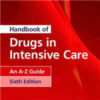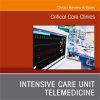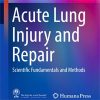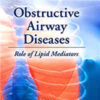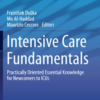Septic Shock and the Use of Norepinephrine IMCU
journals.plos.orgElderly patients with septic shock treated with norepinephrine (NE) displayed a better Intermediate Care Unit (IMCU) survival at the ward and at 30 days than previously expected.
Our retrospective chart study did not indicate frequent complications when administering norepinephrine (NE) via peripheral venous catheter (PVC).
The study was conducted as a retrospective survey at the IMCU, Division of Internal Medicine, Danderyd Hospital, Stockholm, Sweden.
The IMCU holds six beds and a minimum nurse to patient ratio of 1:3.
The nurses interacted with an experienced internal medicine resident with support from a senior consultant. However, no intensivist was present or on call at the IMCU.
Median age was 81 (43–96) years and median APACHE-II score was 26 (12–42).
Observed ward mortality was 27.5% (SMR 0.443, 95% CI: 0.287–0.654), and 30-day and 90-day mortality were 47.2% and 58.2%, respectively.
From a retrospective chart review of 91 patients with septic shock treated with norepinephrine for hypotension, ward mortality, 30-, 60- and 90-day mortality, standardized mortality ratio (SMR) and adverse events (necrosis and arrhythmia) were analysed.
Administration route via peripheral venous catheter or central venous catheter was registered.


